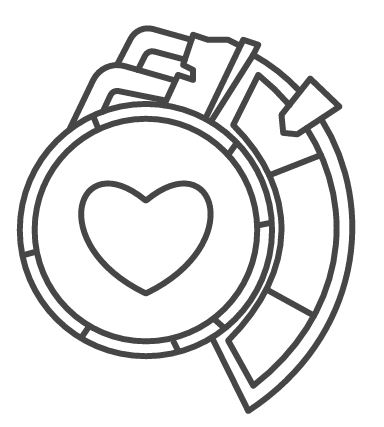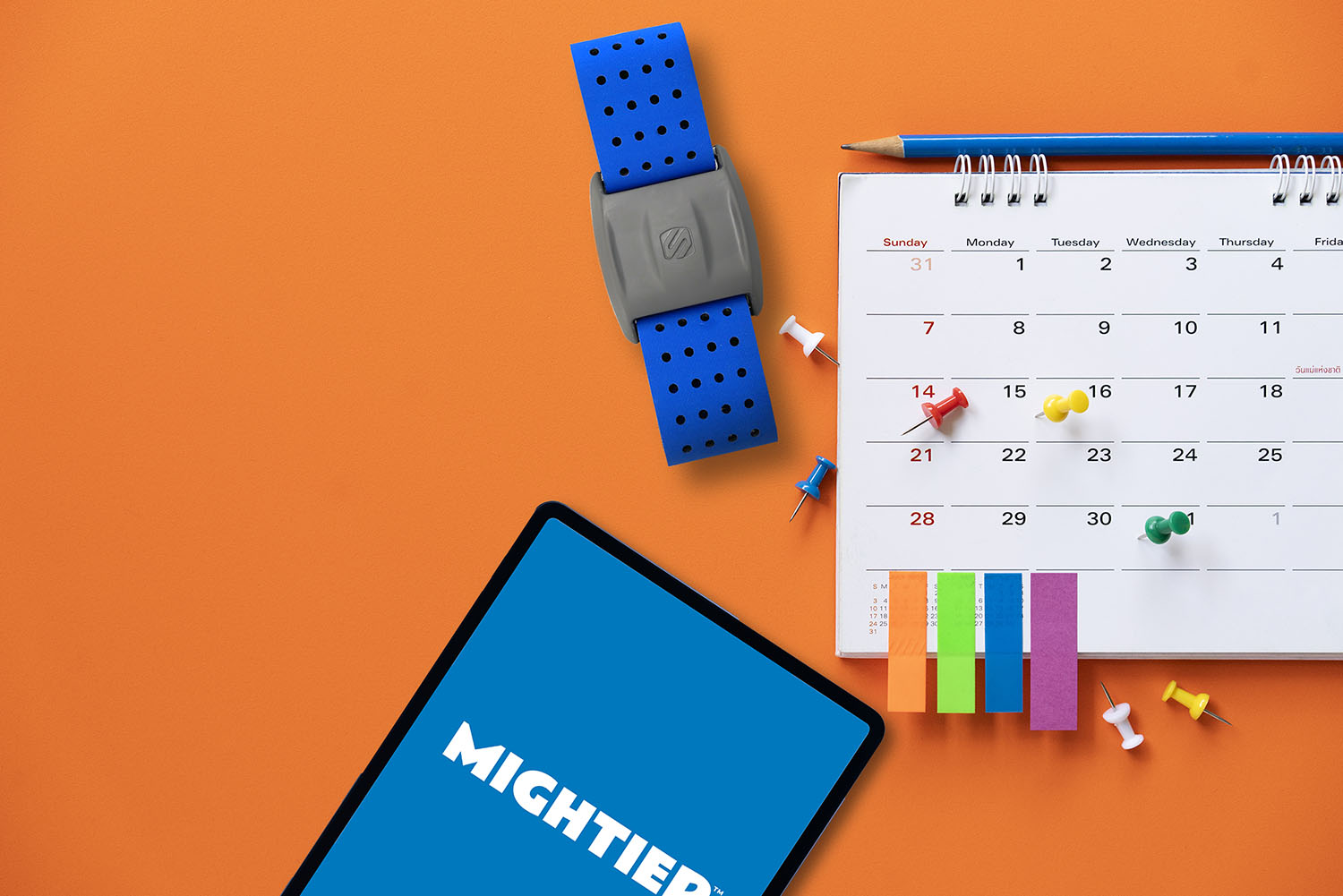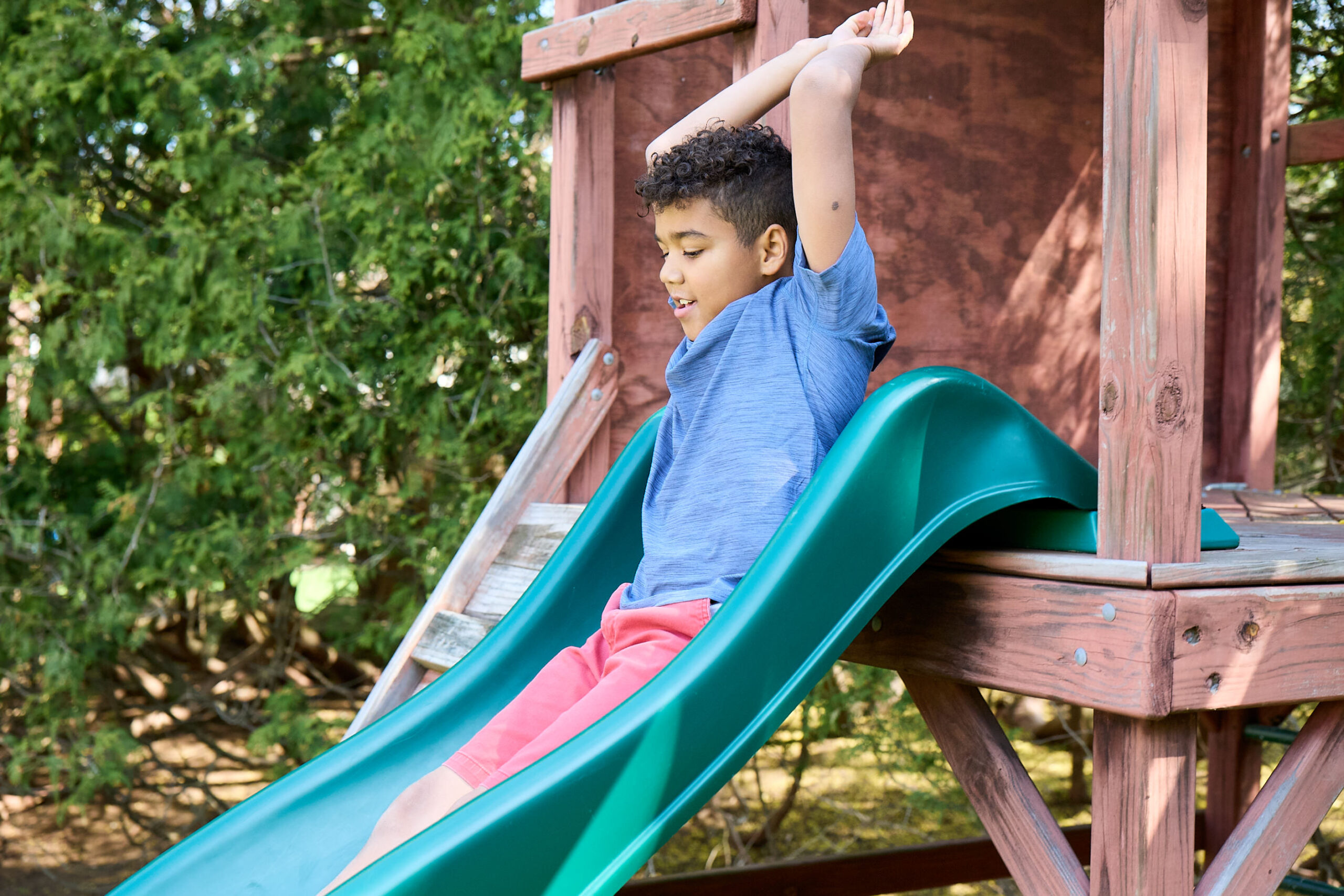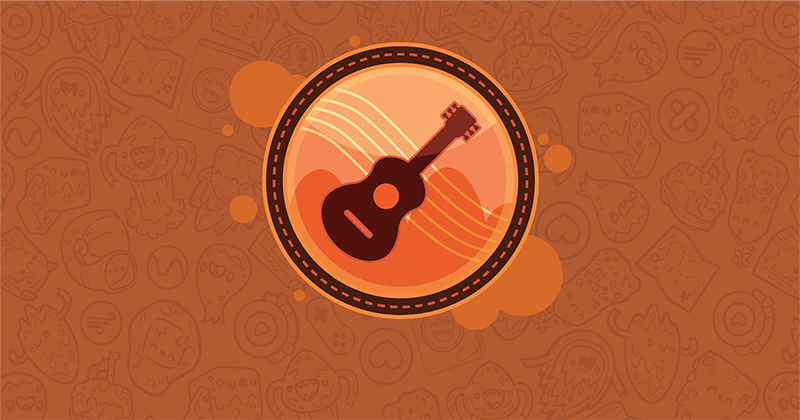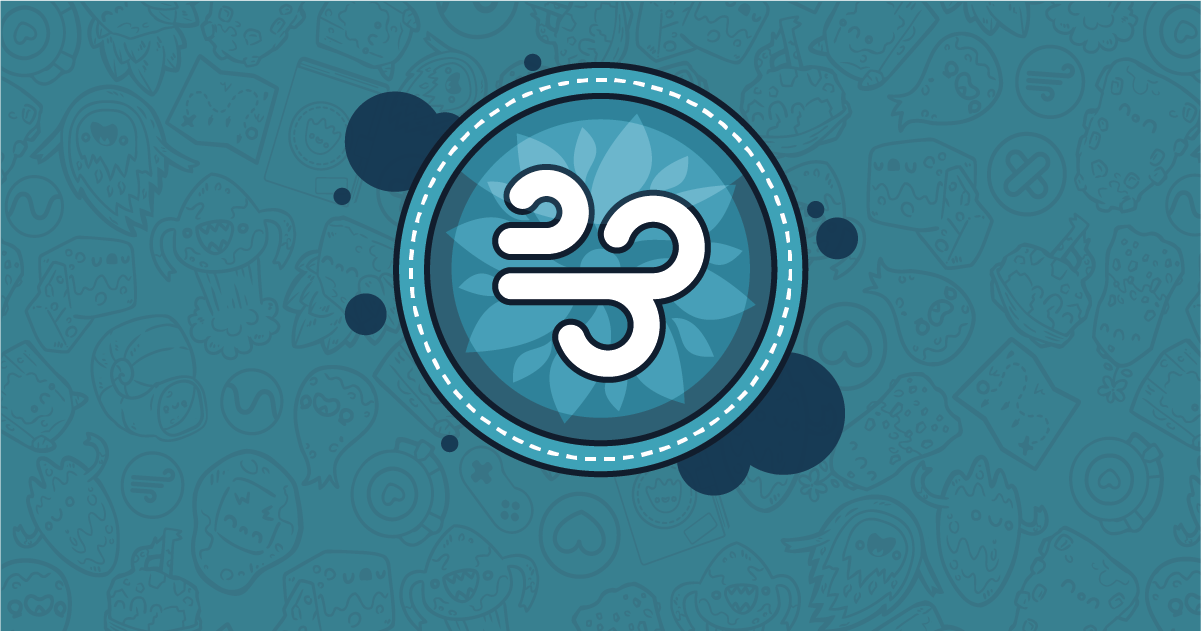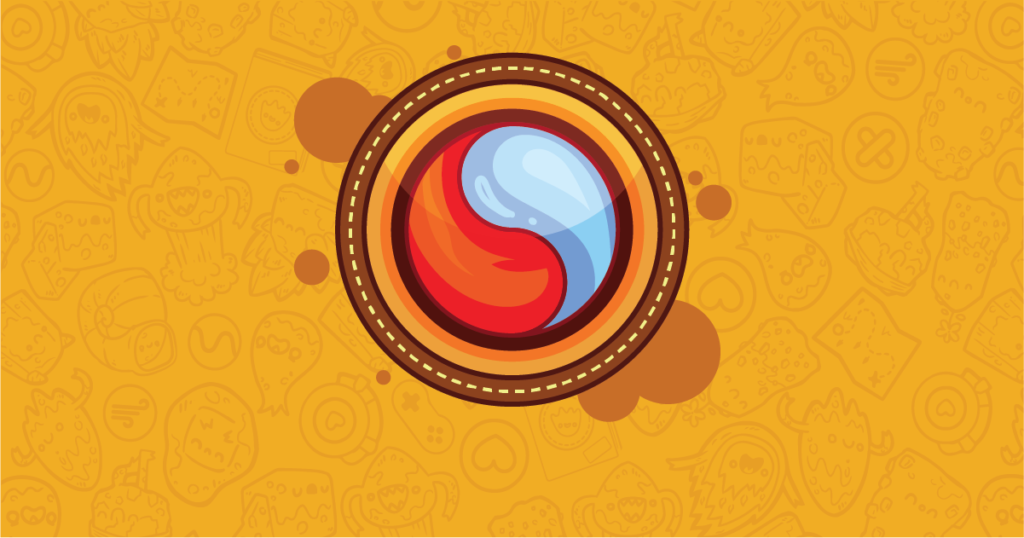
Imagine a world without emotions… no thanks! Without joy, pride, anger, and sadness, life would just be like an old black and white movie – no color, no sound, no special effects. Yes, movies like that really did exist.
You need your emotions, they’re a big part of who you are. Emotions tell you something about yourself and the world around you. They’re powered by the things you care about. Here’s something you need to know though – emotions don’t just come from the heart, they change how your heart beats.
How quickly or slowly your heart beats is connected to the intensity of your emotions. When you feel angry, stressed, frustrated, or even excited, your heart beats faster. This is your body’s way of preparing itself to deal with intense or difficult situations. In Mightier we call this the “red zone.” When you feel calm and relaxed, your heart rate slows down, and so does the intensity of your emotions. We call this the “blue zone.”
Your zones, just like your emotions, aren’t “good” or “bad”. They’re each important and have a job to do. Getting into the red can actually be helpful, like during a game when you need more energy, or when you’re feeling sad or low and want to feel better. Being in the blue is great for when you need to focus or unwind.
So let’s get to know your emotions, your heart, and your red and blue zones with these Heartbeat challenges. Don’t skip a ‘beat’, let’s start exploring!
Heart Cake Tower
Get to know your emotions and heart rate by building this Heart Cake Tower. Work together to create a precarious cake by stacking Hot Cakes and Cool Icing. Explore your Red and Blue zones with different challenges. Does your heart rate change how you play the game? How high can you go?
Emotion Meter
Feeling something intensely? Your heart rate will let you know it. Use this Emotion Meter printout as a way to help your child define their “blue” and “red” zones. What gets their heart rate up? What brings it down? Have some fun coloring this printable and outlining activities, frustrations, and coping skills alongside each section of the Emotion Meter.
The Red Zone
When our heart rate is up it could mean we’re feeling excited, or anxious, or frustrated. Maybe we’re jumping around, or the ice cream truck is driving by, or a sibling just snatched our favorite toy away. There’s no right or wrong here – our heart rate goes up in response to certain emotions or situations.
The Blue Zone
When our heart rate is lower (or resting) it could mean we’re feeling calm, relaxed, or comfortable. Maybe we’re sleeping, or reading a nice story, cuddling with a stuffed animal, or taking deep breaths. Just as there are emotions and actions that get our heart rate up, there are emotions and actions that can bring our heart rate down.
The Mind-Body Connection
The cool thing about emotions and heart rate – they’re connected, and by controlling one you can control the other! Download Mightier’s Emotion Meter, and use the following prompts to explore and experiment with that mind-body connection.
- What emotions do you feel when in the blue zone? What about when in the red zone?
- What situations put you into the red zone? What situations help you stay in the blue zone?
- What activities get your heart rate up into the red zone? What activities get your heart rate back down to the blue zone?
- What zone are you in now? What zone are you in before school? What zone are you in after school?
Mightier’s Emotion Meter is flexible, and meant to be used in creative and self-guided ways. Children learn best when given the opportunity to playfully engage, explore, and construct meaning for themselves. There’s no right or wrong way to feel, so giving kids the chance to discover and make sense of their emotional states on their own terms is key.





